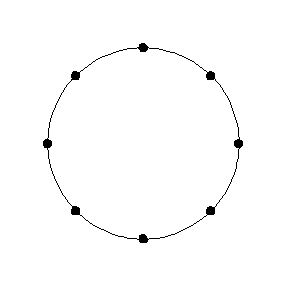|
Page 2 of 3 The theory group of CENTRA is very young and internationally competitive. We regularly publish on major scientific journals. A large number of collaborations with colleagues throughout the world has widen our research interests and impact of our publications. The theory group of CENTRA is focused on the following topics. Theoretical Astrophysics and CosmologyOne of the most exciting topics in physics in recent years concerns gravitational waves, their fundamental properties
and what one can learn from them. Gravitational waves are an old prediction by Einstein in 1916 but were never directly observed. A huge effort is now ongoing to see the effect of these waves on Earth-based detectors, such as LIGO.
These effects, exemplified in the figures below for the two different kinds of polarizations, is very tiny. Typically a gravitational wave induces a displacement smaller than the size of an atom!  
Thus, to detect them one has to understand really well their interaction and properties. Gravitational waves are emitted by very compact and massive objects, such as black hole binaries, or then by phase transitions in the early Universe. A deep understanding of gravitational waves and their signature requires a tight control of the field equations controlling them and all the physics that go into neutron star modelling and also early Universe conditions. This is what makes this research difficult and fun. Fundamental Physics On small scales, String theory has made remarkable progress in the last decades and has given us an important legacy: the AdS/CFT correspondence. This correspondence, mapping gravitational physics in anti-de Sitter backgrounds to fieldt theories on the boundary of those spacetimes, is very efficient. With this correspondence one is now studying QCD using gravity, and even the physics of heavy ion colliders may be described this way. At CENTRA, the theory group is using this correspondence in a number of ways. The first and more fundamental way is to understand black holes in this setting. It is known that they represent thermal states in the dual field theory, but the dynamics of black holes in anti-de Sitter space are not so well understood. We have now started a long-term project aimed at exploring this aspect. This will likely require the use of numerical simulations to fully understand black holes in anti-de Sitter. High Energy Physics Saturation models in QCD, high energy CR, Physics in Auger and LHC
|